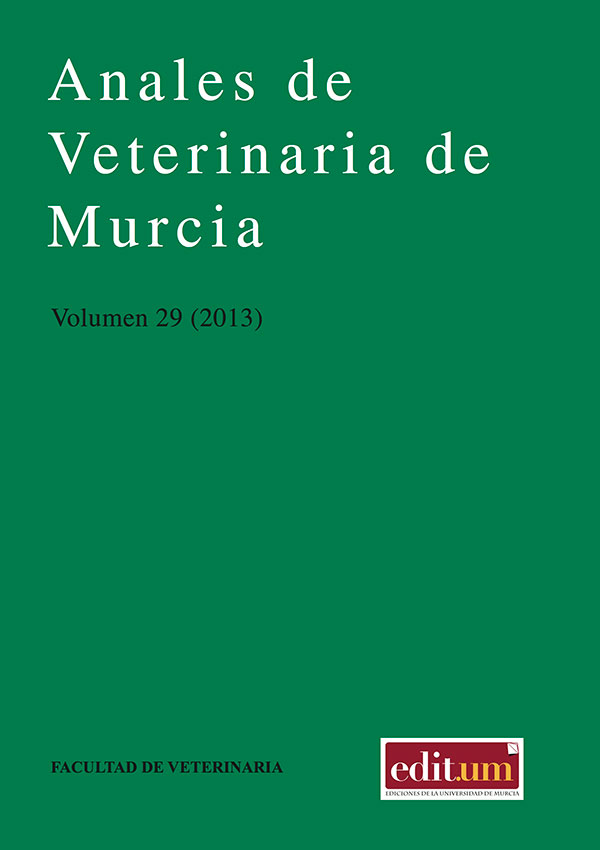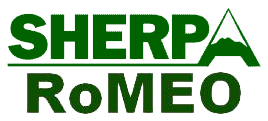Sellar and parasellar syndrome: a novel bilateral multiple mononeuropathy in dogs and cats
Abstract
The sellar and parasellar region (SPS) contains bone structures, vascular structures, somatic and autonomous nerves, the pituitary gland and meningeal structures related that predisposes to various neurological, ophthalmologic or endocrine diseases
The aim of this work is to describe the anatomy of the SPS region and communicate a clinical picture ob- served in a dog and 2 cats consisting of a multiple mononeuropathy involving various cranial nerves on their way in relation to this region and, by its nature, is particularly syndrome.
To our knowledge this is the first description of a syndrome affecting dogs and cats and can simultaneously engage one or more of the II, III, IV, V (ophthalmic, maxillary and mandibular nerves) and VI cranial nerves, the pituitary gland and its meningeal coverings, and the brain and brain stem.
Downloads
Creative Commons Attribution 4.0
The works published in this journal are subject to the following terms:
1. The Publications Service of the University of Murcia (the publisher) retains the property rights (copyright) of published works, and encourages and enables the reuse of the same under the license specified in paragraph 2.
© Servicio de Publicaciones, Universidad de Murcia, 2019
2. The works are published in the online edition of the journal under a Creative Commons Attribution-NonCommercial 4.0 (legal text). You can copy, use, distribute, transmit and publicly display, provided that: i) you cite the author and the original source of publication (journal, editorial and URL of the work), ii) are not used for commercial purposes, iii ) mentions the existence and specifications of this license.

This work is licensed under a Creative Commons Attribution-NonCommercial-NoDerivatives 4.0 International License.
3. Conditions of self-archiving. Is allowed and encouraged the authors to disseminate electronically pre-print versions (version before being evaluated and sent to the journal) and / or post-print (version reviewed and accepted for publication) of their works before publication, as it encourages its earliest circulation and diffusion and thus a possible increase in its citation and scope between the academic community. RoMEO Color: Green.




